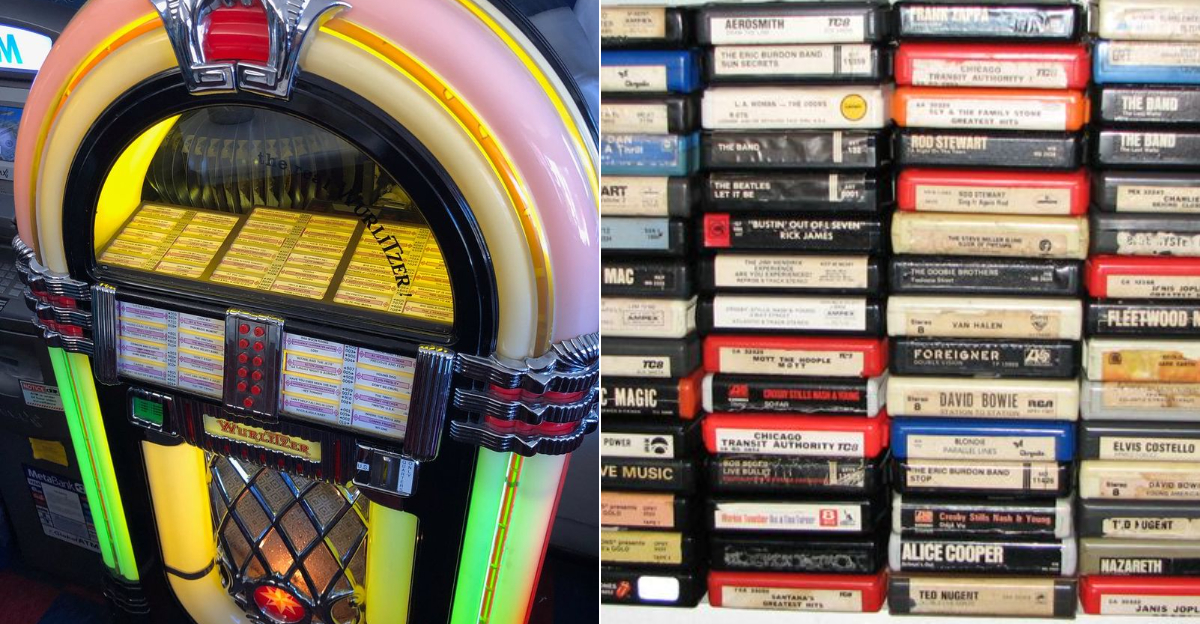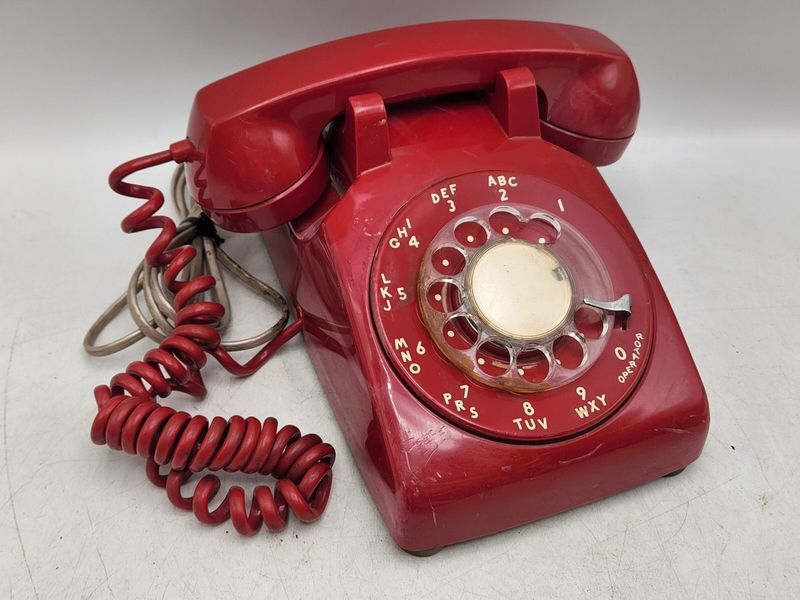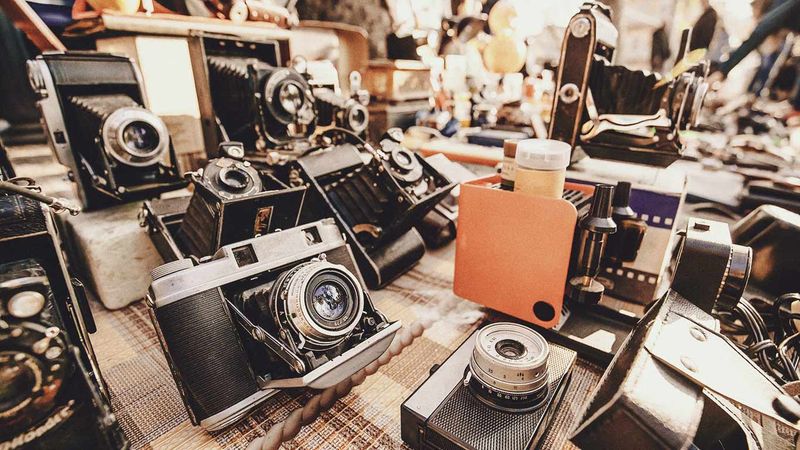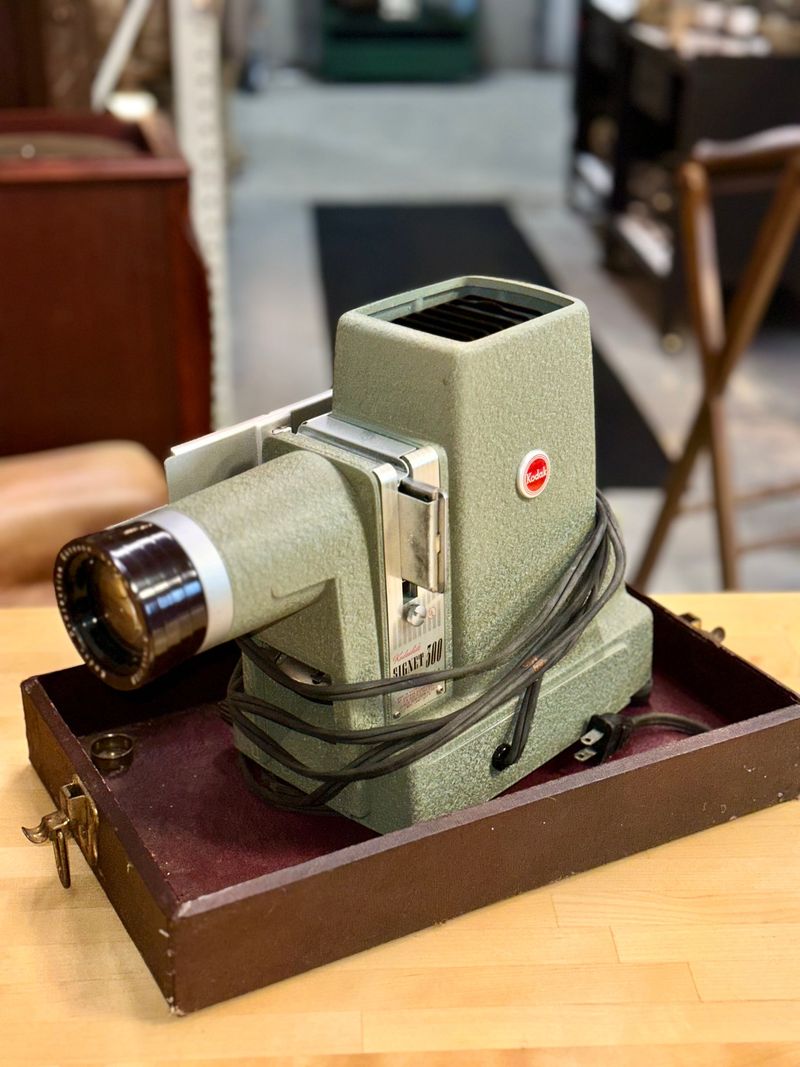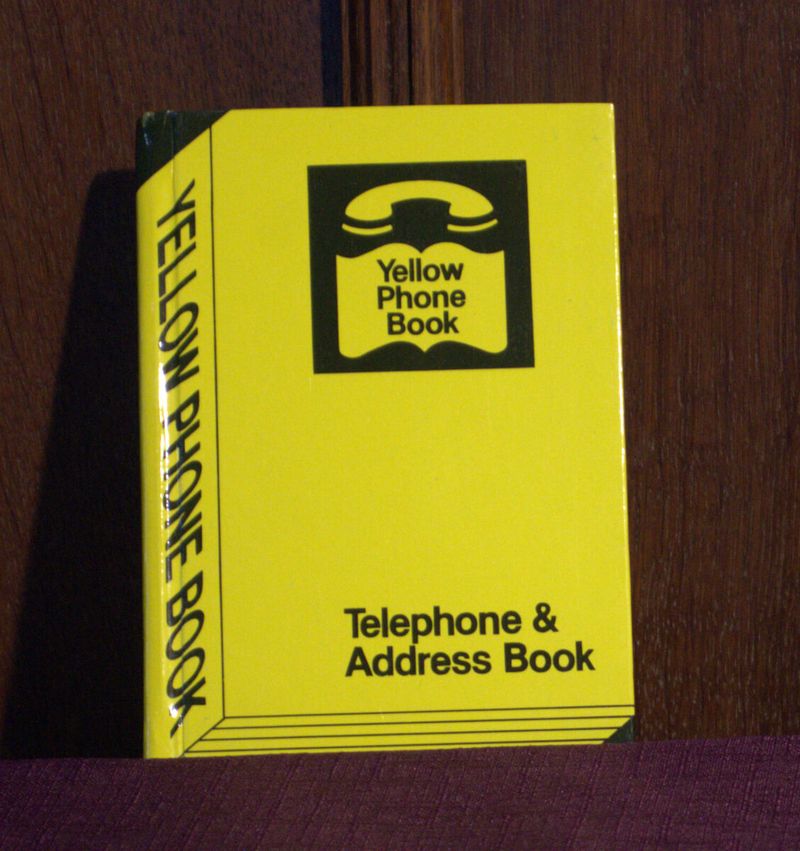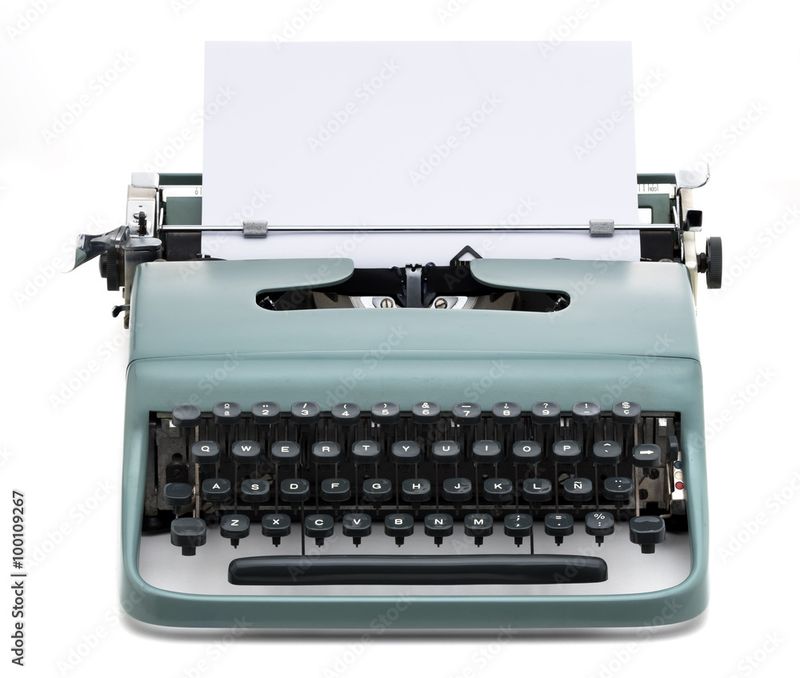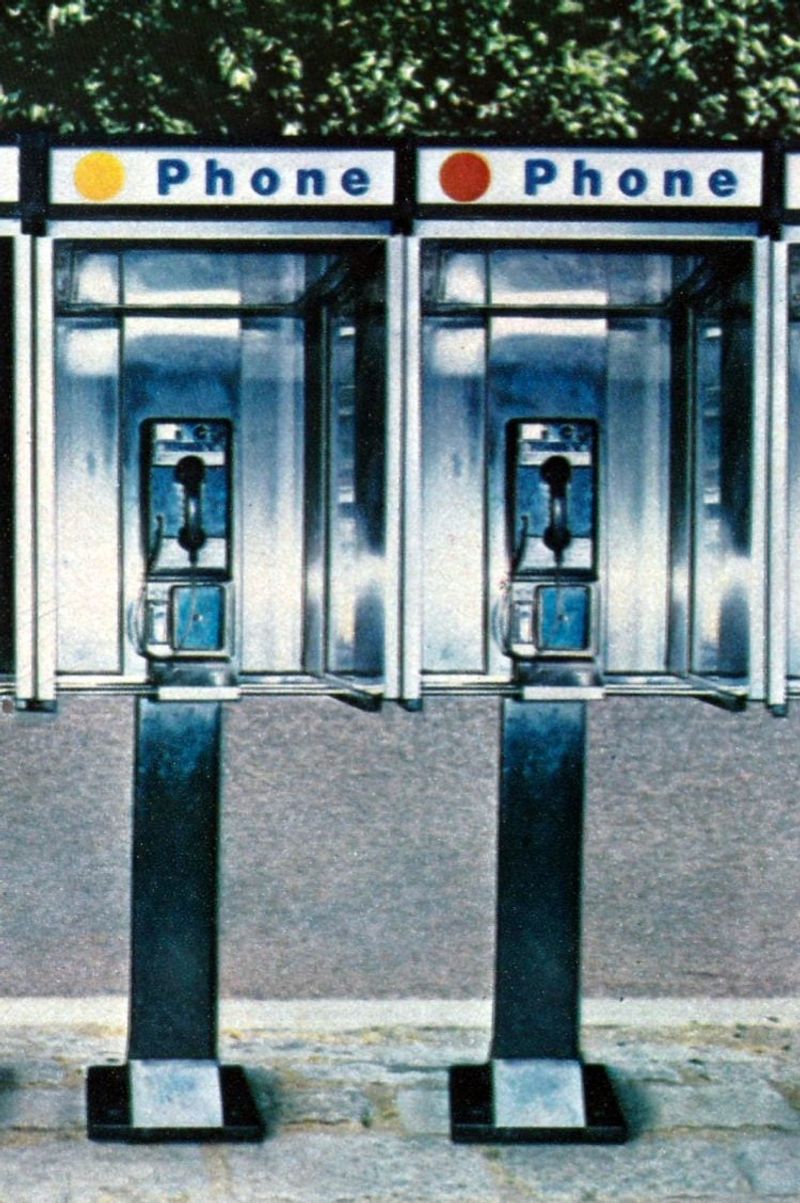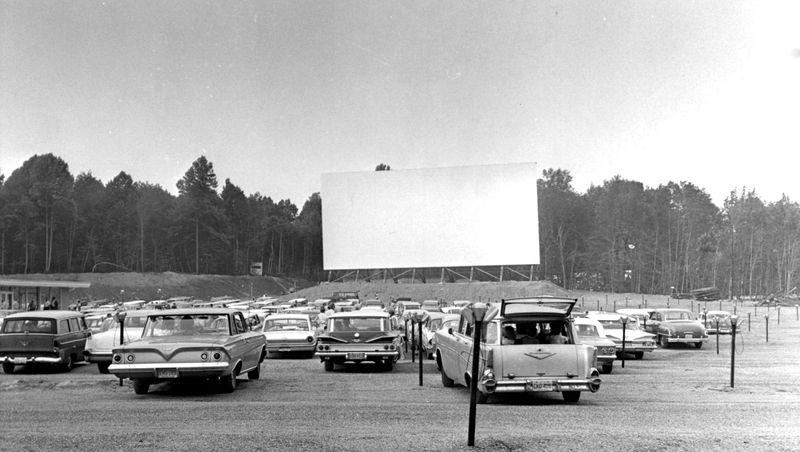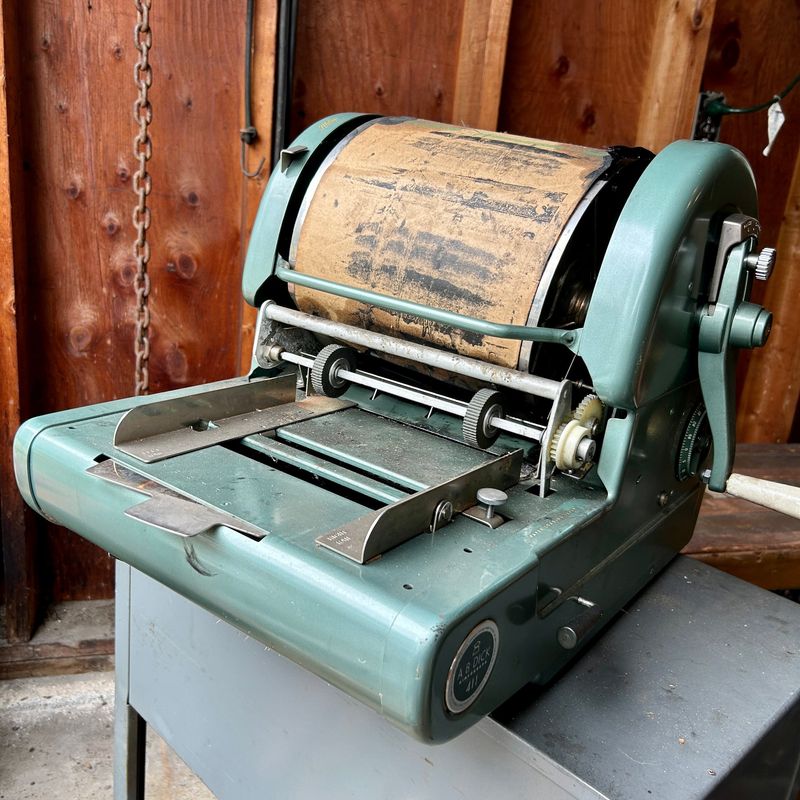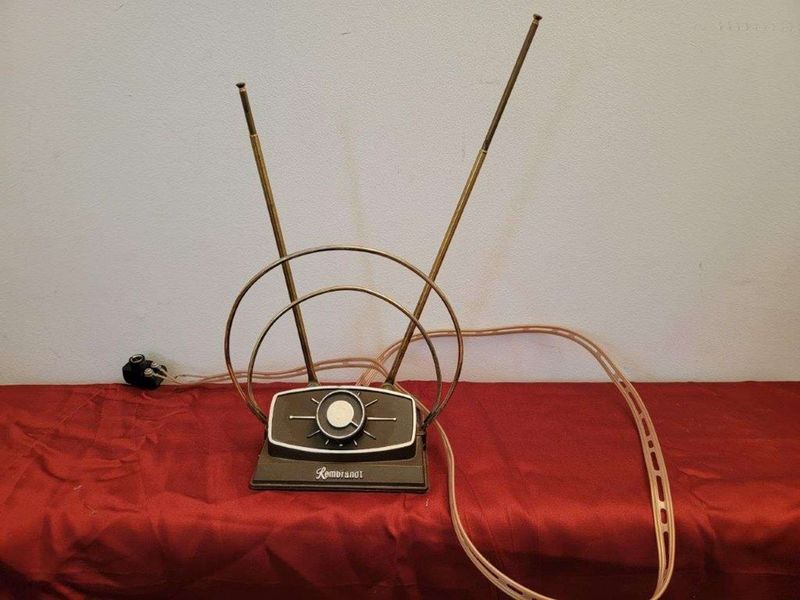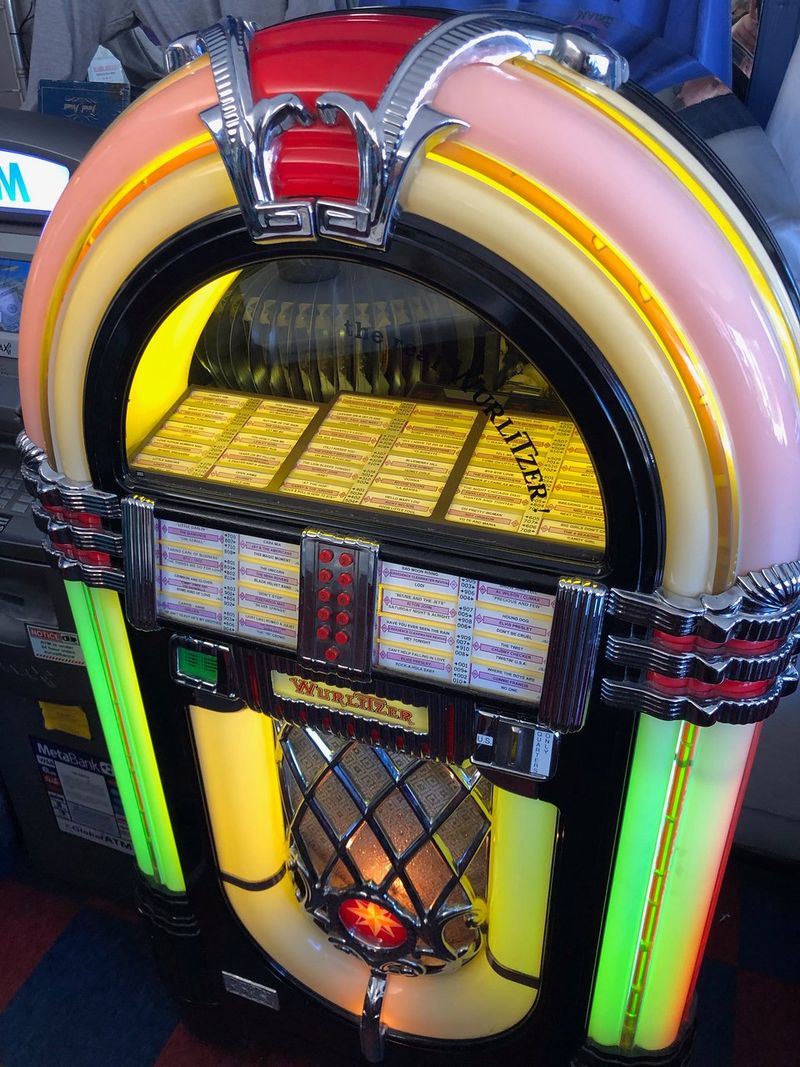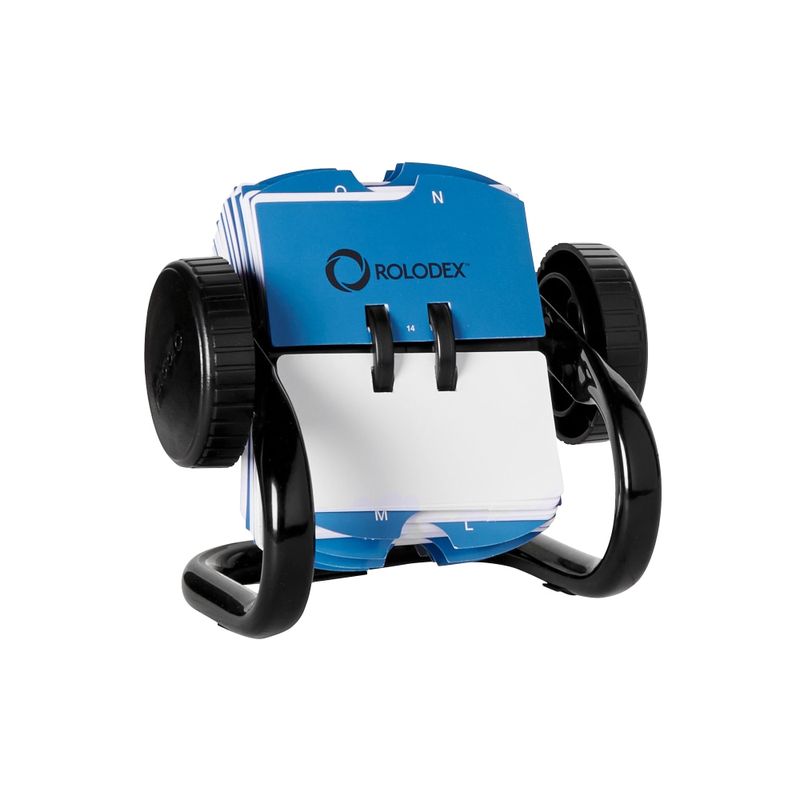The world changes rapidly, and what was once cutting-edge or essential can become a relic of the past. Baby Boomers grew up with many things that are totally outdated now. This list takes a nostalgic look at some of the beloved items from yesteryear that no longer fit into today’s fast-paced digital age.
1. Rotary-Dial Telephones
Remember the satisfying clickety-clack of a rotary-dial telephone? These devices required patience and precision, as you had to spin the dial for each number. In a world where speed and instant communication reign, these relics represent a time when waiting was part of the charm.
The rotary phone often sat in the living room, a centerpiece for family conversations. No texting, no speed-dial, just a direct line to whoever was on the other end. For Baby Boomers, it was a way to connect, but it’s now a nostalgic memory of simpler times.
2. 8-Track Tapes
Ah, the bulky 8-track tapes that defined music listening for a generation. These cartridges were the epitome of portable music before cassettes took over. They often ejected mid-song, requiring a manual push to resume playing.
For many, 8-tracks were the soundtrack of their youth, filling homes and cars with music. Though they disappeared quickly with the rise of cassettes, the nostalgia for these tapes remains. Today, they symbolize a time when music was tactile and tangible, a far cry from today’s invisible digital streams.
3. Film Cameras & Darkrooms
Film cameras and darkrooms were once the only way to capture memories. The anticipation of waiting days to see if your photos turned out added a special thrill to photography. The darkroom, with its red glow, was a magical place where images came to life.
For Baby Boomers, snapping a photo was an event, not an everyday occurrence. Developing film required skill and patience, unlike today’s instant digital captures. Though largely replaced by digital technology, film cameras hold a nostalgic place in many hearts, representing the art of photography.
4. Slide Projectors
Slide projectors turned living rooms into theaters, showcasing family vacations and special moments with a simple click. The whirring sound and the warm glow of the projector created an intimate viewing experience.
Families gathered around to relive memories, each slide a piece of a story told through colorful transparencies. Though obsolete today, replaced by digital photo frames and online albums, slide projectors remind us of a time when family storytelling was a cherished event, bringing loved ones together for a shared visual journey.
5. Printed Phone Books
Printed phone books were once a staple of every home, listing entire neighborhoods in alphabetical order. These hefty tomes were the go-to resource for finding anyone’s number or address.
For Baby Boomers, flipping through a phone book was as natural as breathing. Now, replaced by online searches and digital contacts, these books are a relic of the pre-digital age. They symbolize a world where information was tangible and flipping through pages was the norm, rather than tapping on a screen.
6. Typewriters
The clatter of typewriter keys and the ding of the carriage return once filled offices and homes. Typewriters required skill and precision, demanding full attention to each keystroke. Mistakes were fixed with correction fluid, a precursor to the modern undo button.
For Baby Boomers, typewriters were the essential writing tool, a bridge between thought and printed word. While computers have taken over, the nostalgic charm of typewriters endures, symbolizing a time when writing was a deliberate act, not a digital convenience.
7. Payphones
Payphones, once a common sight on every street corner, required a pocketful of change for a call. They were a lifeline for communication, allowing people to reach out from anywhere.
For Baby Boomers, payphones represented independence and accessibility. With cell phones now ubiquitous, payphones have become obsolete, a reminder of the pre-mobile era. They linger as a nostalgic symbol of spontaneous communication, when finding a phone often meant finding a connection to the world around us.
8. Drive-In Movie Theaters
Drive-in movie theaters offered a unique blend of cinema and car culture. With tailgate speakers and car-hop snacks, they turned movie-going into an outdoor adventure, under the starry sky.
For Baby Boomers, drive-ins were a social hub, where films were as much about the experience as the plot. Streaming has replaced these open-air cinemas, but the nostalgia for drive-ins persists. They represent a time when entertainment was communal, and watching movies was a shared experience beyond the living room.
9. Mimeograph Machines
The mimeograph machine, with its distinct purple ink and inky aroma, was the workhorse of schools and churches. Stencils were carefully crafted, and the machine cranked out copies with a satisfying rhythm.
For Baby Boomers, these machines were synonymous with education and community events. Though replaced by photocopiers and printers, mimeographs hold a special place in memory, symbolizing a more tactile, hands-on approach to information dissemination.
10. TV “Rabbit Ears” Antennas
TV rabbit ears, with their endlessly adjustable arms, were a fixture atop every television set. They required a careful dance of twisting and turning for the clearest picture.
For Baby Boomers, this was part of the TV-watching ritual, a mix of frustration and triumph with every adjustment. Now, digital streaming has made these antennas obsolete, but they remain a nostalgic reminder of a time when television was a communal and tactile experience.
11. Milk Delivery in Glass Bottles
Milk delivery in glass bottles was a morning ritual for many households. Fresh bottles were left on doorsteps by the milkman, and empties were returned for the next delivery.
For Baby Boomers, this was a personal connection to their food source, a relationship with the local milkman. Though gone, replaced by supermarkets, this service evokes memories of a time when things were more personal and community-focused.
12. Jukeboxes in Diners
Jukeboxes were the heart of diners, allowing patrons to play their favorite tunes with the drop of a coin. Each selection was a personal choice, shared with everyone in earshot.
For Baby Boomers, jukeboxes were the soundtrack of a generation, offering a slice of personal expression in public spaces. Though digital playlists have taken over, the charm of a jukebox endures, representing a time when music was about shared moments and tangible interactions.
13. Carbon Paper
Carbon paper, once a staple of offices, allowed for easy duplication of handwritten or typed documents. The faint blue ink transferred onto the underlying paper, creating a near-perfect copy.
For Baby Boomers, carbon paper was a tool of efficiency, crucial for business and personal correspondence. Replaced by copiers and digital documents, it now serves as a reminder of a time when making copies involved a physical, hands-on process.
14. Rolodexes
The Rolodex, a spinning wheel of contacts, was the ultimate office tool for keeping track of important connections. Each card held valuable information, handwritten and easily accessible.
For Baby Boomers, the Rolodex represented a network of relationships, a physical reminder of connections made and maintained. Though replaced by digital contact lists, the Rolodex remains a symbol of personal and professional organization, when networking was a tangible activity.
15. Cursive-Only Handwriting Classes
Cursive-only handwriting classes were a rite of passage, teaching children the art of looping letters and elegant script. It was a skill that required patience and practice, celebrated with certificates of achievement.
For Baby Boomers, learning cursive was about more than communication; it was a craft. Today, keyboards and text messages have made cursive writing rare, but it remains a nostalgic reminder of a time when penmanship was prized and personal expression was written by hand.
